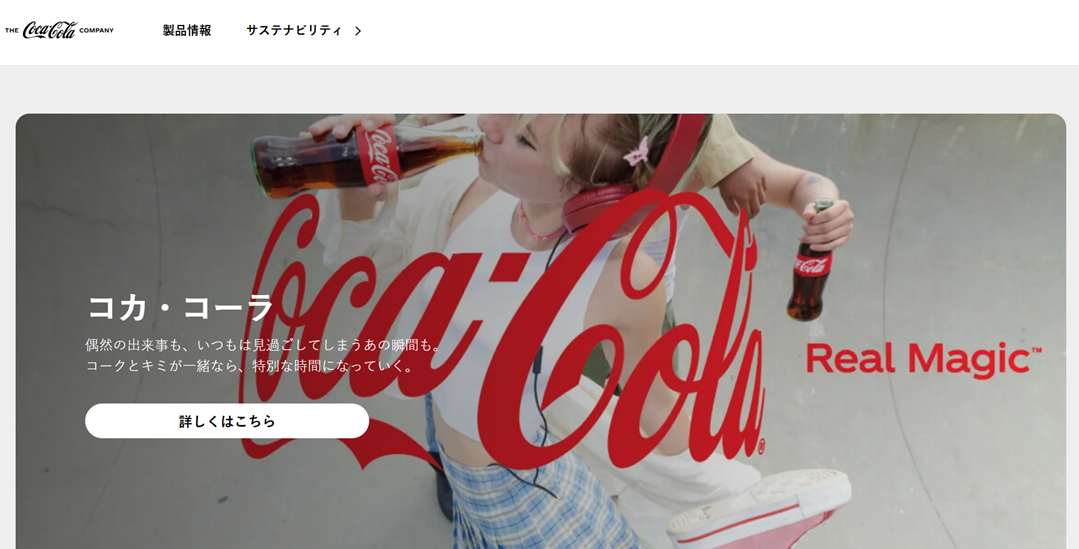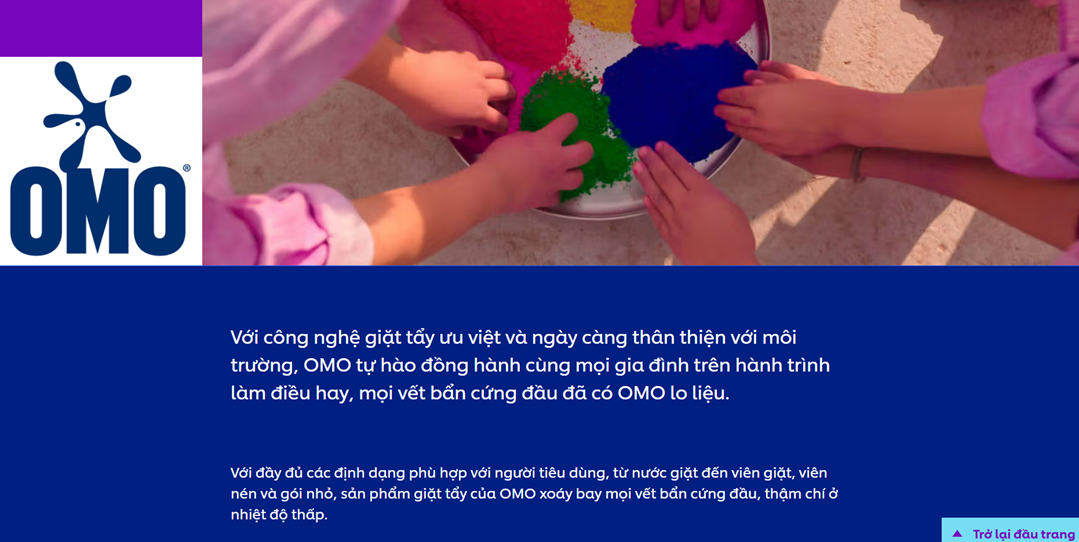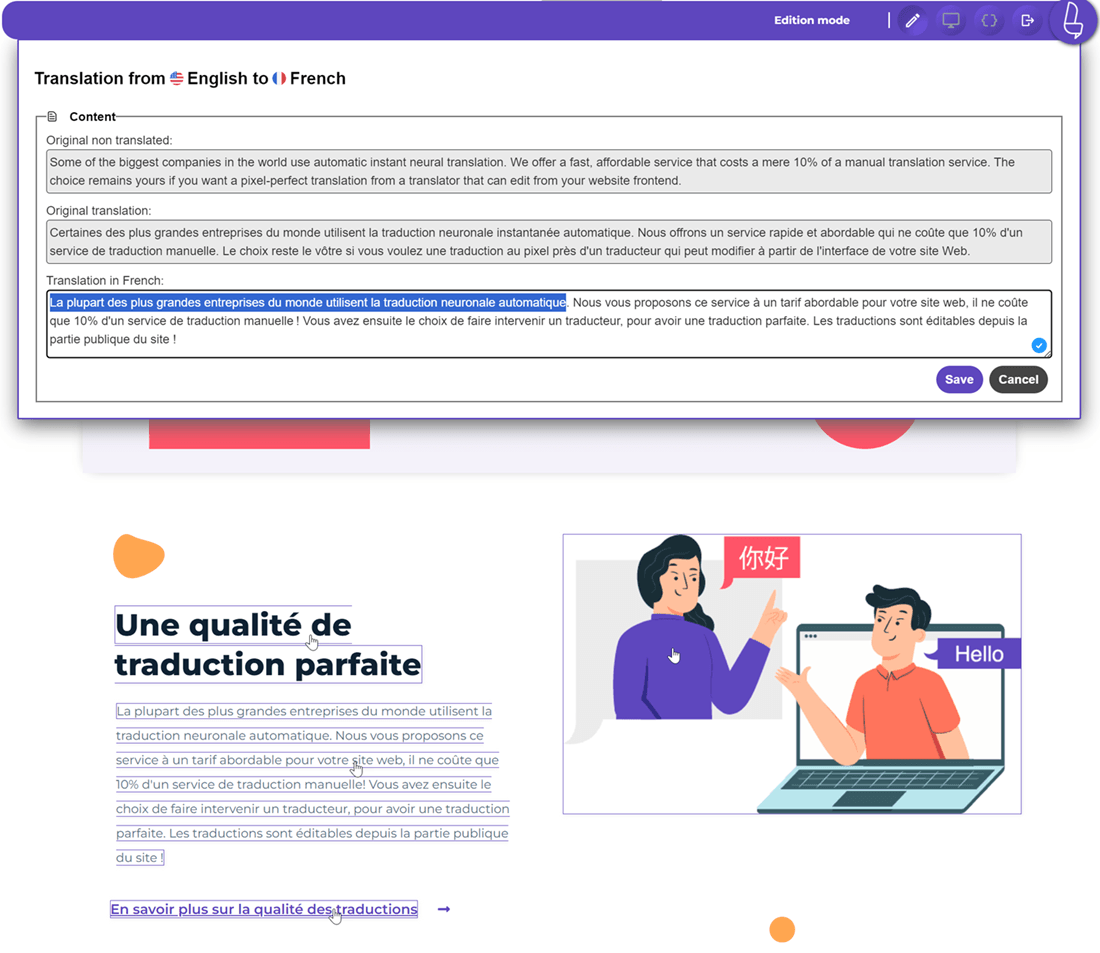Translating marketing materials for Asian audiences cannot be done with a literal approach. The challenge lies in how cultural nuances affect the way messages are received in each country. Japan is sensitive to politeness and subtext, China values status and togetherness, while Vietnam prefers warm and simple language. If translation focuses only on language without cultural context, the brand message can feel stiff or even inappropriate.
To maintain communication effectiveness, marketing copy needs to be tailored to local values, norms, and communication styles. One global slogan does not always fit all Asian markets, as emotions and implied meanings are often more important than the words themselves.
The real challenges of translating marketing for Asian audiences

Translating marketing content for Asian markets isn’t just about converting words from one language to another. Each country interprets emotions, symbols, and brand messages through different cultural lenses shaped by social values, hierarchy, and communication styles. This makes marketing translation far more complex than translating informative or technical content. Here are the challenges brands often face:
1. Different values and communication styles
Every culture in Asia communicates differently, some favor expressive language, while others rely on subtle, indirect messaging. For example, Japanese audiences tend to prefer polite and implicit communication, whereas markets like Vietnam are more receptive to warmth and straightforward simplicity. A message that sounds persuasive in one culture may come across as harsh or unappealing in another.
The challenge lies in preserving the persuasive intent of a slogan, promotion, or CTA while ensuring it feels culturally appropriate. Direct translations often fail because cultural norms dictate the tone and delivery. Brands must understand social context and communication behaviors to ensure their message remains impactful without causing discomfort or offense.
2. Emotional tone and subtext are hard to transfer
In marketing, emotion often matters more than literal wording. But emotional expression in Asia varies widely. Japan favors subtle empathy and a respectful tone, while China emphasizes collective pride and achievement. Without cultural awareness, the emotional essence of a message can be lost—or worse, feel inauthentic.
Subtext adds another layer of difficulty. Words or phrases that seem neutral in one language may carry symbolic, historical, or social meaning in another. Translators must go beyond surface-level wording and interpret the implied meaning to ensure the message lands with the intended emotional impact.
3. Cultural symbols and local references
Many marketing campaigns rely on humor, idioms, or cultural references. However, not all symbols or phrases translate across borders. Western metaphors or jokes, when directly translated, may feel confusing or meaningless to Asian audiences.
Visual elements also play a major role, colors, numbers, and icons often have culturally specific meanings. For instance, red is a symbol of luck and celebration in China, but in other countries it can signal danger or urgency. A lack of cultural sensitivity in these details can weaken brand messaging or lead to misinterpretation.
Adapting copy to local cultures

Every Asian market has its own communication style, so marketing messages can’t be treated as one-size-fits-all. To ensure brand messaging is received positively and stays relevant, copywriting needs to be adapted to local values, tone, and emotional expectations.
Japan (Politeness & Subtext)
Communication in Japan is heavily influenced by politeness, social harmony, and implied meaning. Language that sounds too direct can be perceived as rude or overly assertive.
Subtext is a key element in Japanese marketing communication. Instead of making bold or direct claims, brands often use emotional nuance to create a sense of connection without sounding assertive. On Coca-Cola’s Japanese site, for example, the copy focuses on small everyday moments that become special when shared with Coke, rather than promoting the product directly.
Rather than emphasizing features or exclusivity, the language leans into harmony, subtle joy, and shared experiences. This indirect approach allows the message to resonate without disrupting social tone or appearing too forceful.

China (Collectivism & Status)
In markets like China, marketing messages often prioritize collective identity, family well-being, and social aspiration over individual ownership. Instead of using direct phrases like “Make it yours,” localized versions tend to highlight trust, progress, and shared advancement. For example, the promotion of Huawei’s smart home solutions focuses not on personal possession but on enhancing the quality of life for the entire household. The emphasis is on modern living, connected families, and a lifestyle that reflects stability and success.
This shift in tone moves the message from “what you can own” to “how your family or community can grow together.” A slogan that might be translated literally in Western markets becomes something more socially aligned, such as “A future-ready home for your loved ones” or “Smart living trusted by modern families.” This kind of framing taps into values like collective pride, security, and upward mobility, appealing to how decisions reflect on one’s role within a group rather than individual preference alone.

Vietnam (Warmth & Simplicity)
Vietnamese audiences tend to favor communication that feels warm, friendly, and relatable. Language that is overly formal, technical, or exaggerated often feels disconnected from their daily lives. A light, optimistic, and down-to-earth tone is usually more effective, especially for consumer goods, lifestyle brands, and services.
This example from OMO Vietnam’s page shows how the brand adapts its language and messaging for local audiences. Instead of using technical terms or exaggerated claims, the text emphasizes everyday values and family warmth: “OMO is proud to accompany every family on their journey to do good, leaving all stubborn stains to OMO.” This message is simple, positive, and easily relatable to everyday life, in line with Vietnamese consumers’ preference for a warm, optimistic, and down-to-earth tone.

Strategies for adapting slogans and brand messages

Translating slogans and brand messages isn’t just about word substitution. Each culture interprets tone, emotion, and symbolism differently, so adaptation needs to be strategic to keep the message impactful without losing brand identity.
Preserve emotional meaning
Emotion is the heart of any slogan, and that should be preserved before focusing on literal wording. Instead of translating phrase by phrase, the priority is to retain the feeling the message is meant to evoke, whether that’s pride, comfort, aspiration, or confidence. This approach ensures the slogan still resonates, even if the sentence structure changes.
For example, the slogan “Because you’re worth it” doesn’t need a literal translation. In Japan, a softer variation like “For the confidence you deserve” may feel more appropriate, while in Vietnam, a warmer version like “You deserve to feel your best every day” sounds more natural emotionally.
Adapt cultural references

Many global slogans use idioms, humor, or cultural symbols that don’t always translate well across markets. In Asia, these references need to be localized so the message remains understandable and relatable. Without adaptation, slogans may feel out of place or be misunderstood.
For instance, slogans with references to Western holidays or seasonal metaphors may not connect in markets with different cultural norms or climates. Using local associations, like harmony in Japan, family unity in China, or everyday warmth in Vietnam, can make the message feel more authentic and relevant.
Keep brand intent
Even when the words and tone shift, the core intent of the brand message should remain consistent. Whether the brand voice is premium, energetic, friendly, or innovative, that identity should carry through in every localized version. This ensures cohesion across regions without sacrificing cultural alignment.
For example, a sports brand built on a motivational voice shouldn’t sound passive just because the language is adapted. In China, the message might focus on collective achievement, while in Japan it may highlight personal effort in a polite, non-aggressive way, without changing the overall spirit.
Adjust tone and formality

Each market has its own expectations around tone and levels of formality. Japanese audiences tend to prefer polite, indirect phrasing, while Chinese consumers respond better to confident and aspirational language. In Vietnam, warm, simple, and relatable language tends to work best.
Keeping tone aligned with local preferences helps maintain emotional connection. For example, a call to action like “Join us” could be adapted differently: in Japan, “We welcome you to be a part of this”; in China, “Be among the leading voices”; and in Vietnam, “Come be part of us.”
Contextual tagline translation
Taglines often lose their impact when translated word-for-word. Because they rely on cultural context, rhythm, and implied meaning, transcreation, creating a new phrase with the same intent, is often more effective than direct translation.
For example, the tagline “Live More” could take different forms depending on the audience. In Japan, it might become “Cherish every moment with ease.” In China, “Embrace a life of progress.” In Vietnam, “Enjoy life in simple ways.” The spirit stays the same, but the phrasing fits the cultural mindset.
SEO optimization in marketing translation

Even the best multilingual marketing copy won’t perform well if people can’t find it. That’s why SEO needs to be part of the translation process, not something added afterward. Each market has its own search behavior, platforms, and language preferences, so optimization has to be done locally, not globally.
Local keyword research
Directly translating keywords from English rarely works because people in each country search differently. Instead, brands need to find out what phrases locals actually use when looking for a product or service. For example, Japanese users might search using polite phrasing, while Vietnamese users may use everyday conversational terms.
SEO tools specific to each region, like Baidu Index in China or keyword planners with local settings, help uncover the right search terms. Without this step, even high-quality content can fail to rank simply because it uses wording people don’t search for.
Optimize meta tags & CTAs
Meta titles, descriptions, and CTAs need to reflect not just the language but the communication style of the target culture. A CTA like “Shop Now” may be too direct for Japan but too soft for China. Adapting the tone ensures users feel comfortable engaging with the content.
Localized meta tags also affect click-through rates. If the phrasing matches how users think and search, they’re more likely to click. This small detail can improve visibility and performance across search engines.
Match local search intent

Search intent differs across regions, even for the same product or keyword. Some audiences look for comparisons, while others want quick answers or emotional appeal. Understanding local intent helps shape the structure and tone of the translated content.
For example, Chinese consumers might search with keywords tied to product reputation or social proof, while Vietnamese users might look for practicality and benefits. Aligning with these patterns makes the content more relevant and more likely to rank.
Localize URLs & internal links
URLs that remain in the original language can feel disconnected or even confusing for local users. Translating or adapting URLs with relevant keywords helps both users and search engines understand the page. It also improves credibility and navigation.
Internal links should also be adjusted so users can move through the site naturally in their language. Linking to globally relevant pages without adapting the anchors can break the flow and weaken the user experience.
Use local search engines & analytics

Google isn’t dominant in every Asian market. In China, Baidu leads. In South Korea, there’s Naver. In Japan, Yahoo! Japan still plays a role. Optimizing content for these platforms means understanding their algorithms and formatting preferences.
Analytics tools should also match the market. Local search data reveals how users behave from region to region, helping brands adjust strategies based on real insights rather than assumptions.
Practical tips to avoid cultural missteps

Before launching any translated marketing content, it’s important to make sure it aligns with local values and expectations. Even small details, like symbols, colors, jokes, or phrases, can accidentally offend or confuse if they’re not appropriately adapted. These tips will help you create content that feels natural, appropriate, and respectful to different audiences.
Avoid sensitive elements
Certain words, jokes, colors, or symbols may seem harmless in one culture but can be offensive or inappropriate in another. For example, using the color white in China can symbolize mourning, while in Western countries it often represents purity. Brands should review visuals and language to remove anything that may be politically, religiously, or socially sensitive.
A practical tip is to create a “cultural sensitivity checklist” before publishing any campaign. This can include things to watch out for—like gestures, imagery, slang, or humor, and help you avoid risky elements from the start.
Validate with native experts

Relying solely on translation tools or non-local teams increases the risk of misunderstanding cultural tone or meaning. Native linguists and local marketers can catch nuances, double meanings, and unintentional offense much more effectively than automated tools.
One actionable step is to set up a review process where native experts approve key messages, taglines, ads, or product names before launch. This helps ensure clarity, relevance, and cultural appropriateness.
Align visuals and copy
Words and visuals should work together naturally in the target culture. For instance, an ad showing a thumbs-up gesture works in many places, but in some Middle Eastern and Asian countries, it can be considered rude. The mismatch between imagery and language can reduce credibility and create confusion.
A helpful tip is to adapt not just the text, but also supporting elements like color palettes, clothing styles, and background settings. This helps the overall message feel familiar and respectful to local audiences.
Watch cultural and legal taboos

Some regions have strict rules around depictions of alcohol, gender roles, religion, political symbols, or lifestyle choices. What seems like harmless marketing in one country can become illegal or controversial in another. For example, advertising certain beauty products with before-and-after body images is restricted in some European countries.
Brands can avoid trouble by researching local regulations and cultural taboos early in the process. Keeping a legal and cultural compliance guide for each region can help prevent serious mistakes.
Test with local audiences
Even after careful translation, the best way to check relevance is through local testing. Short feedback loops, such as focus groups, beta ads, or soft launches, can reveal whether the message feels natural or if something needs adjustment.
One practical example is running A/B tests with localized versions of slogans or visuals to see which resonates better. This allows brands to fix any issues before rolling out a full campaign.
Recommendations for global brands and marketers

To create marketing messages that truly connect with international audiences, brands need more than translation, they need cultural awareness, strategic planning, and the right tools. These recommendations help ensure that localized content feels natural, consistent, and impactful in every target market.
Create cultural playbooks
Cultural playbooks act as a reference guide for each market, covering aspects like tone preferences, imagery, taboos, holidays, and consumer habits. Having these guides helps teams avoid guesswork and keeps messaging consistent across campaigns and channels. For example, a playbook for Japan might emphasize formality and subtle emotional tone, while one for Brazil might highlight optimism and expressive language.
These playbooks also speed up collaboration between in-house teams, agencies, and translators. Instead of starting from scratch each time, everyone works from shared knowledge that reflects local expectations, making the process faster and more accurate.
Include localization early
Marketing teams often treat localization as a final step, which limits creativity and leads to poor adaptation. When localization is considered from the planning stage, before taglines, visuals, or product names are finalized—it’s easier to create content that works globally without major rewrites.
Early inclusion also prevents last-minute issues like offensive references, untranslatable slogans, or design elements that don’t fit long or short translated text. This approach reduces costs, speeds up approvals, and improves campaign performance in new markets.
Balance global and local voice
Maintaining a unified brand identity while adapting to local expectations can be challenging. Brands need to preserve their core message, values, and personality, but allow flexibility in tone, storytelling style, and cultural context. For example, a tagline may stay conceptually the same worldwide, but the wording might change to fit linguistic norms.
A good strategy is to define what aspects of the brand voice are non-negotiable (like mission, brand promise, and personality) and what can be adjusted (tone, humor, idioms, metaphors). This balance keeps messaging recognizable without feeling out of place.
Use smart translation tools (add-on point)
Translation technology can streamline localization, but it needs to be combined with cultural insight and human review. Tools like Linguise offer AI-powered translation with features such as automatic updates, SEO-friendly structure, and real-time multilingual content. This can be especially useful for websites, product pages, and marketing campaigns that require frequent updates.
However, relying on tools alone isn’t enough. Brands should integrate Linguise with front-end live editors and market-specific guidelines. This approach ensures that translated content is not only fast and accurate but also culturally relevant and aligned with brand intent.
Conclusion
Navigating cultural nuances in marketing translation for Asian markets requires more than language accuracy. Each country carries its own values, tone, emotional context, and communication style, which shape how audiences interpret brand messages. When brands adapt content based on local expectations, rather than relying on literal translation, they build trust, relevance, and connection across diverse markets.
From culturally aligned slogans to SEO localization and visual harmony, every detail plays a role in how a message is received. To support this process efficiently, brands can combine cultural strategy with the right technology. If you’re looking for multilingual marketing while preserving context and intent, try Linguise to translate and localize your content with ease and accuracy.





